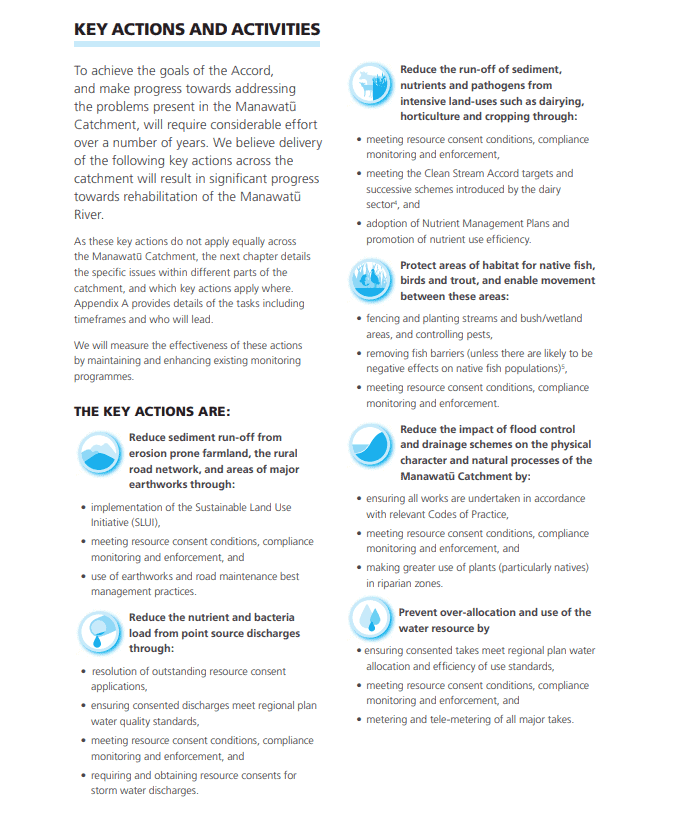Manawatū River Leaders’ Accord
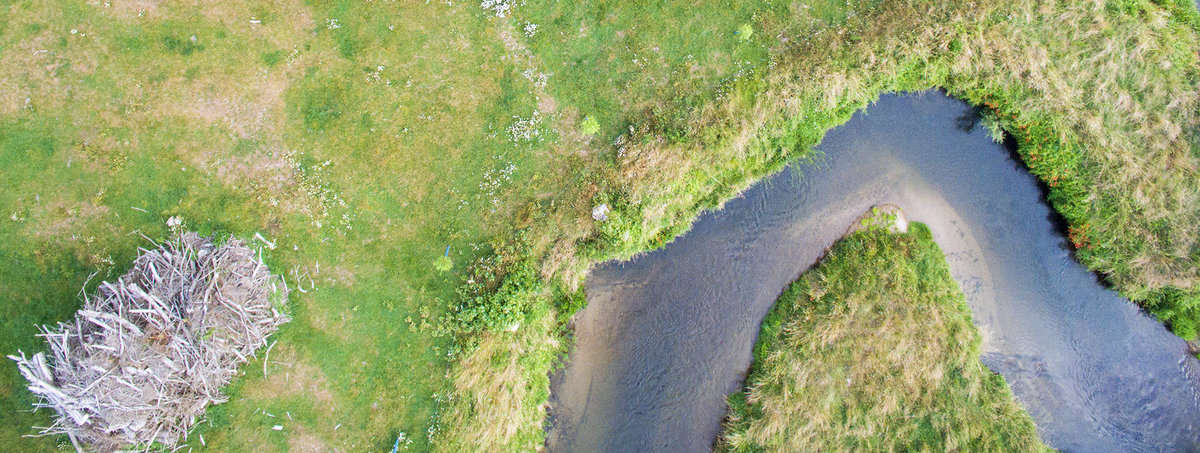
Manawatū River Leaders’ Accord
In 2010, the Manawatū River Leaders’ Forum was established in response to the freshwater health issues facing the catchment. Over 34 key stakeholder groups, including iwi, local and regional government and industry committed to the Manawatū River Leader’s Accord…
The Forum’s vision is ‘kei te ora te wai, kei te ora te whenua, kei te ora te tangata – if the water is healthy, the land and the people are nourished’.
Background on the Manawatū catchment
The Manawatū catchment is approximately 5,900 km2 and varies considerably along its 9,700 km length depending on its geography and land use. It flows through many townships such as Norsewood, Eketāhuna, Pahiatua, Dannevirke, Woodville, Feilding, Palmerston North and Foxton. Tangata whenua include Rangitāne Tamaki nui a Rua, Rangitāne o Manawatū, Ngāti Kahungunu, Raukawa, Kauwhata and Muaūpoko with approximately 25 hapu.
Land use in the catchment is predominately agricultural with about half of the catchment used for sheep and beef farming (47%), and 600 dairy farms (20%). Forestry covers approximately 2%, native cover 17% and ‘other’ 15%. There are 23 species of fish in the Manawatū catchment (both native and introduced). The Manawatū Estuary is one of New Zealand’s few Ramsar sites.
Although there are many contributing factors, treated town sewage discharges and farm runoff – mainly nitrogen – were identified as the major causes of degradation in the Manawatū River.
Actions
The Accord initially agreed to an Action Plan in 2011 that included the following actions:
- Reduce the nutrient and bacteria from point source discharges
- Reduce the run-off of sediment, nutrients and bacteria from intensive land-use
- Protect areas of habitat for native fish, birds and trout
- Reduce sediment run-off from erosion prone farmland, the rural road network, and areas of major earthworks
- Reduce the impact of flood control and drainage schemes
- Preventing overuse of water
A second Action Plan was launched in 2016, supported by a collaboratively developed joint statement from a Science and Mātauranga Māori Advisory Panel, whose report included information about the state of the catchment and recommended actions. The 2016-21 Action Plan also included a seventh key action – increasing the awareness of the challenges faced by freshwater and actions the community can take.
With support and funding from central government, the two action plans and three major multi-organisational implementation programmes were delivered. Key outcomes included:
-
8 projects (worth $5.2m) funded through the Government’s Fresh Start for Fresh Water Clean Up Fund, including significant wastewater infrastructure upgrades including moving to land treatment, stream fencing, riparian planting, native fish and whitebait habitat restoration, environmental farm plans, and community projects.
-
$2.9 million secured from Government’s Freshwater Improvement Fund (FIF) in 2017 which supplemented $4.3 million contributed by councils and landowners for projects including treatment of wastewater, enhancing access to urban streams, stream fencing, riparian planting, fish passage repairs and community projects. Jobs for Nature funding is in place to continue some of this work.
-
Since 2007, 270 farm plans, covering 154,300 ha of hill country, were completed in the catchment including 8,850 ha of erosion mitigation.
-
In total, over 5 million trees were planted and more than 1,000 km of fencing erected across the catchment.
-
In 2016, Tū Te Manawa, a project to enhance iwi and hapū involvement in the Manawatū Awa and its catchment, received Te Mana o Te Wai funding. This iwi-led project coordinated and supported efforts to share histories and stories of the Awa with the community while enhancing and protecting sites of significance.
Monitoring & Results
The monitoring network in the Manawatū catchment is now one of the most extensive in the country. Expanded between 2007 and 2010, it now produces additional 10-year trend data.
The network includes:
- 57 State of Environment river water quality sites and 13 monitoring sites immediately downstream of point source discharges sampled monthly
- 38 river sites monitored for periphyton monthly
- Continuous monitoring of 31 flow sites, 25 temperature sites, and 4 dissolved oxygen and pH sites
- 40 sites monitored annually for macroinvertebrates
- Freshwater fish diversity monitoring (including kākahi or freshwater mussels)
- Compliance with various resource consents that authorise resource use and discharge activities
Now, just over a decade later, the efforts of this Forum and the communities its members represent have begun to yield positive results and restore the pride of the awa. Although it will take time for many of the positive effects of this work to be fully realised, there are already signs of improvement:
- Overall, regional data shows improvements in E.coli downstream of point sources which have been a focus for the work programme in the Manawatū.
- Modelling work conducted by Landcare Research has estimated that work done to date should lead to an 11% reduction in annual sediment load in the catchment by 2043. There is also expected to be a reduction in phosphorus bound to sediment and microbes.
- Progress has been made towards bringing water use back within allocation limits through the implementation of a water metering programme.
- Overall trends in state of the environment monitoring sites still have mixed results, with some areas of improvement, but also some unexplained degradation.
At the 2018 inaugural Manawatū River Festival, a 10-year old rāhui on the Manawatū River was lifted by a Rangitāne o Manawatū representative. He said, “lifting the rāhui was an acknowledgement of the progress made towards cleaning up the river.”
Cawthron New Zealand River Awards Judges’ Comments
Overall, the Cawthron New Zealand River Awards judges were impressed by the Forum’s strong sense of purpose and direction. The judges say the Forum’s objectives and values have been clearly articulated and there are active and regular review processes in place.
The judges commended the Manawatū River Leaders Forum for working to include a wide range of stakeholders in the community and for building strong relationships with iwi and hapu groups.
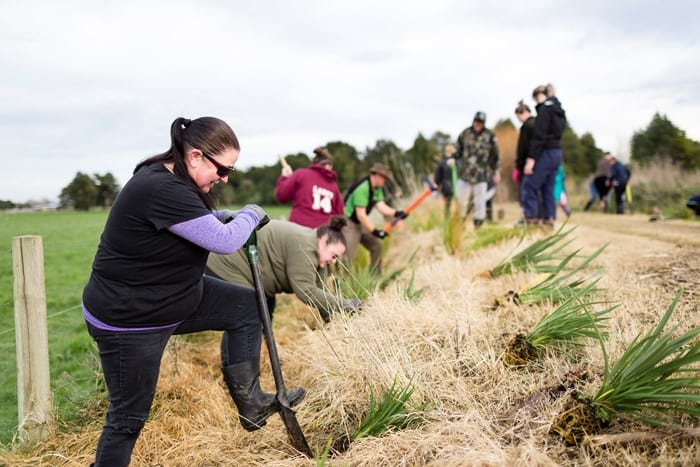
Image: Manawatū River Leaders’ Accord Community Planting Day.
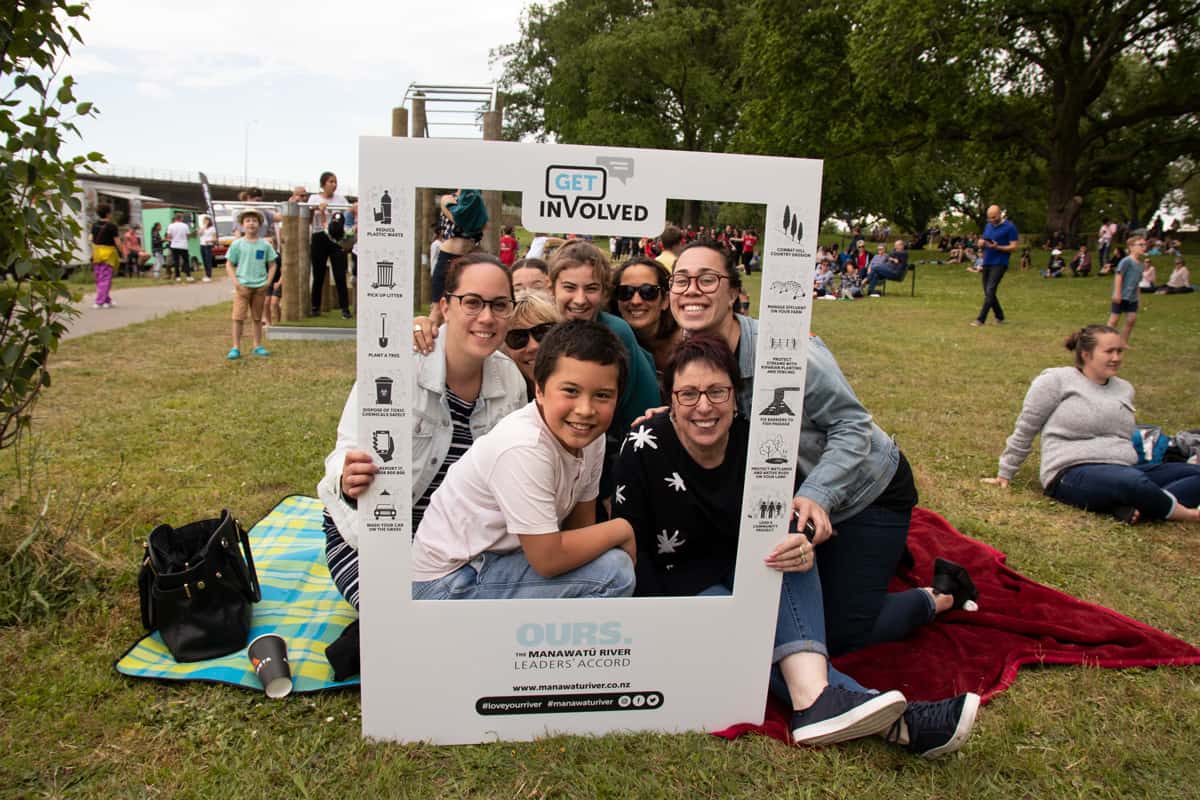
Image: Manawatū River Leaders’ Accord River Festival.
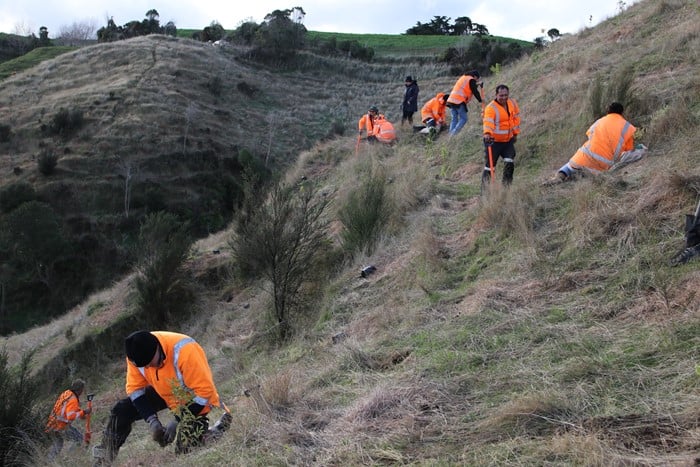
Image: Manawatū River Leaders’ Accord planting.
